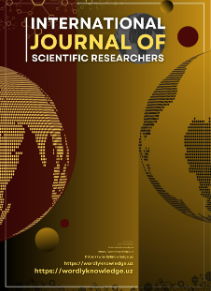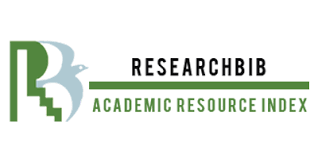THE BARRIER BETWEEN IMAGINATION AND REALITY IN CHILDREN’S LITERATURE
Keywords:
Children's literature, imagination, reality, creativity, emotional development, critical thinking, literary work,Abstract
This article examines the barrier between imagination and reality in children's literature. It discusses how fantastical elements are balanced with real-life experiences, fostering creativity while connecting children to real-life themes. Through the analysis of books , it highlights the role of literature in emotional development and critical thinking, emphasizing how it helps improve children's perception and social skills.
References
1.Bickmore, A. K. (Ed.). (2020). The Lion and the Unicorn. Johns Hopkins University Press.
2. Donaldson, J. (1999). The Gruffalo. Macmillan Children’s Books.
3. Gaiman, N. (2008). The Graveyard Book. HarperCollins.
4.Grimm, J.,&Grimm,W.(1812).Cinderella.Grimm`s Fairy Tales.Germany:Children and Household Tales
5.Grimm, J.,&Grimm,W.(1812). Snow White.Grimm`s Fairy Tales.Germany:Children and Household Tales
6. Lewis, C. S. (1950). The Lion, the Witch and the Wardrobe. Geoffrey Bles.
7.McDowell, A. (Ed.). (2015). Children’s Literature in Education. Springer.
8. Palacio, R. J. (2012). Wonder. Knopf Books for Young Readers.
9. Roskos, K. A., & Neuman, S. B. (2014). Literacy Development in the Early Years: Helping Children Read and Write. Pearson.
10. Sendak, M. (1963). Where the Wild Things Are. Harper & Row.
11. White, E. B. (1952). Charlotte's Web. Harper & Brothers.
12. Willems, M. (2003). The Pigeon Finds a Hot Dog!. Hyperion Books for Children.







